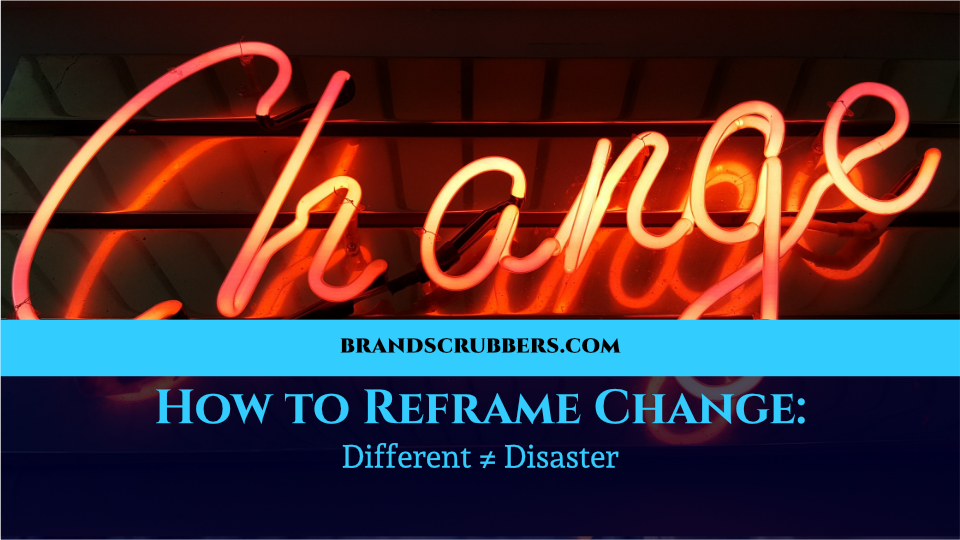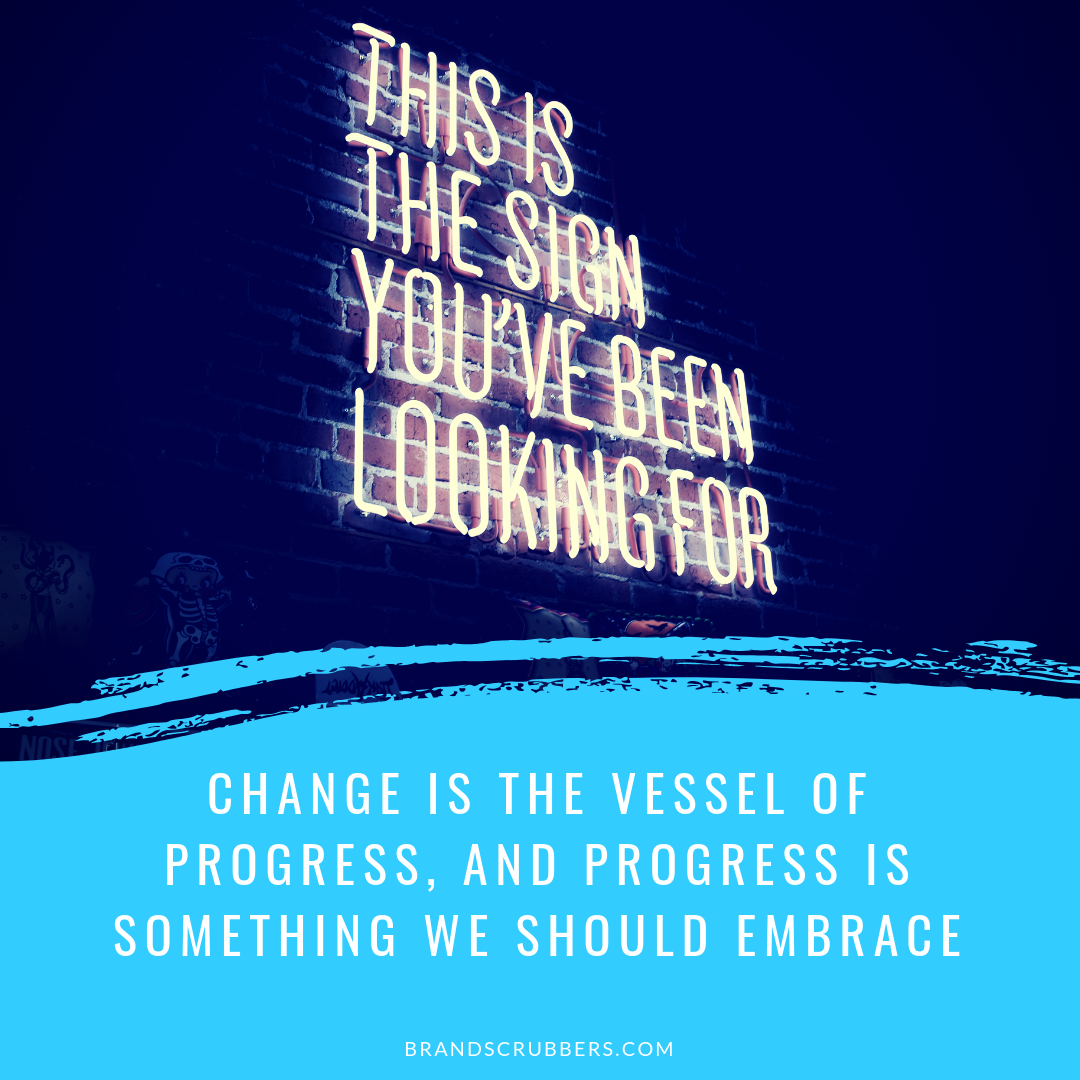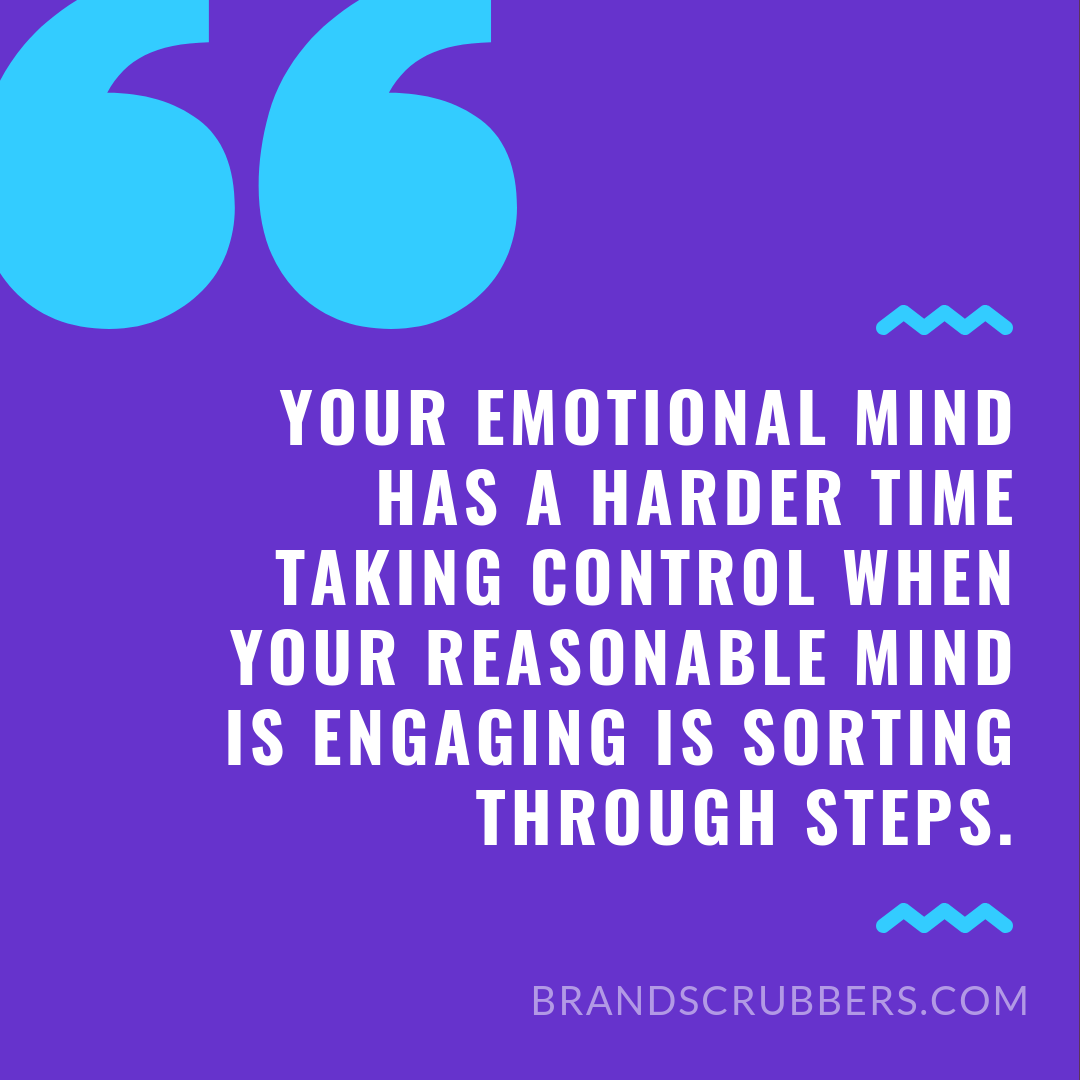I’ve lived on both ends of the spectrum to the extreme; Wanting to constantly change and wanting never to change. When I was down on my luck and fighting for survival, change was my best friend. In fact, it was my state of being. When I escaped that lifestyle, I swung the other way as hard and fast as I could.
This post is a culmination of my experiences in both extremes and of my journey to find the middle ground. The middle ground is where I learned to reframe change.
Let’s Talk About Change
Ah change, a word that can insight excitement in some and terror in others. What is change? Change is to cause something to be different. What’s scary about that?
As we learn and grow (and make mistakes) we may become fearful that the next change will be a negative change. When that fear comes true, it re-enforces the belief and the cycle gets harder to escape.
The thing we often forget is that you can choose what you focus on, and it doesn’t have to be negative. Change is the vessel of progress, and progress is something we should embrace. That’s where reframing comes in.
How We Reframe Change
It’s not a one-time thing, it’s an every time thing. You need to be constantly reframing your definition of change and your response to it.
I used the NAC to get the knack of it. (See what I did there?)
Here’s what I mean:
N – Notice Change or the Potential for Change
A – Acknowledge Your Feelings
C – Choose Your Perspective
Follow that up with a little rinse, repeat and you’ll be a pro in no time. (Well, time is relative, oh you know.)
Wait, Can You Walk Me Through It?
Yes, I certainly can! Let’s look at how we get the NAC for reframing change.
The N is all about noticing. Noticing is where everything begins. Until you are aware that your emotions and actions are being affected by fear of change, you can’t shift them. Next time you get in a panic about change, start by being aware.
Shift your mind into gear when you A – acknowledge those feelings of yours. I don’t mean dwell or fester or poke at those feelings. I mean you step back and say, “Oh, I am having this feeling.” Don’t do anything yet, simply acknowledge that they exist.
Finally, you C – choose your perspective. When you do that, you’re manipulating your responses to any given situation. You can choose to see the situation in the way most beneficial to you and act accordingly.
Additionally, by going through these 3 steps, you’re also improving mindfulness and slowing down those auto-fear responses. Your emotional mind has a harder time taking control when your reasonable mind is engaging is sorting through steps.
Did I Mention It Works?
Now, just in case that wasn’t clear enough, I’m also going to give you an example from my life. One that many business owners have or will face. I was afraid to change my pricing structure (IE raise rates) for fear of… well, among other things, loss of clients.
My amazing friend and uber coach, Laura Allen, urged me to pitch higher. When I ran into an opportunity to do so, I felt the fear of change set it. Then I used NAC to reframe change. I noticed that I was feeling fearful and said to myself, “hey, you’re afraid of change and all the shit that comes with it.” The more I thought about that, the more I realized I was just afraid of rejection, even though rejection is part of life. We triumph through getting up after our failures. Once I considered this point, I was able to embrace my fear, accept it for what it was, AND quote higher.
It worked. I did a little rinse, repeat in similar situations and I’m feeling less and less fearful, or uncomfortable when quoting higher. Win.
Next time you are experiencing fear around change, try to get the NAC of it and move forward to bigger and better things!
PS: Make sure to sign up for our email list below too, and I’ll send you the rest of this series as they drop!)
PPS: In case you missed them, here are the previous pieces in this series!
How to Reframe…





Recent Comments